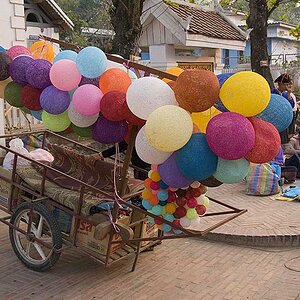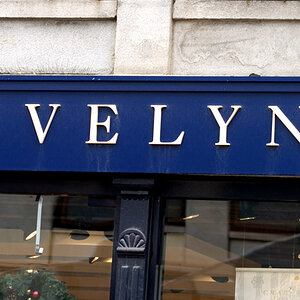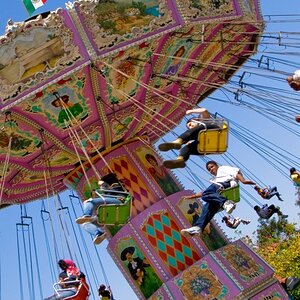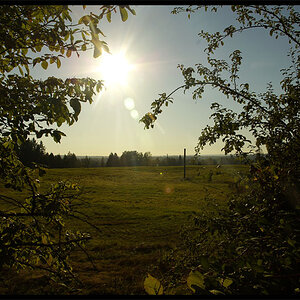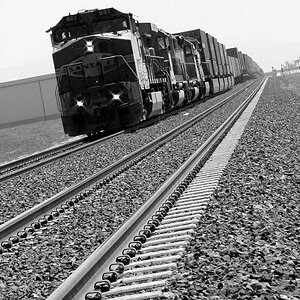- Joined
- May 1, 2008
- Messages
- 25,422
- Reaction score
- 5,003
- Location
- UK - England
- Website
- www.deviantart.com
- Can others edit my Photos
- Photos OK to edit
pys - love to see those snowflake shots! I've always wanted to mess around with lights, gels and snow/ice.
For those interested here's a series of shots at various magnifications on the same coin :
1:1 - this is the maximum magnification you get on nearly all "true macro" lenses (micro if shooting Nikon). A fullframe body will show a slightly larger area covered than in this shot; but otherwise this is what you'd get with a 1.6 crop camera body. The item is a 2p British Coin

2:1 - easily achievable with close up lens attachments/extension tubes/a 2*Teleconverter on a macro lens.

3:1 - starting to get harder to reach although perfectly doable with the right powered close up lens attachment and teleconverter combo

4:1 - you're getting into the realms where you're either reverse mounting lenses (eg a 50mm onto a 300mm); using microscope optics on a modified mount or a dedicated specialist lens

5:1 - same as above - note this is also REALLY challenging to shoot. Note with the aid of flash (or a very very fast shutter speed) you can handhold this magnification - its hard and takes practice and often you have to balance on the surface you're shooting.

And for fun this is the metal ridging on the rim of a 10p coin at somewhere around 20:1 or greater (and yes you can't handhold this shot)

MPE65mm macro lens at 5:1 + Canon 2*TC + 68mm of extension tubes + Sigma 2*TC
And another insane fun shot:
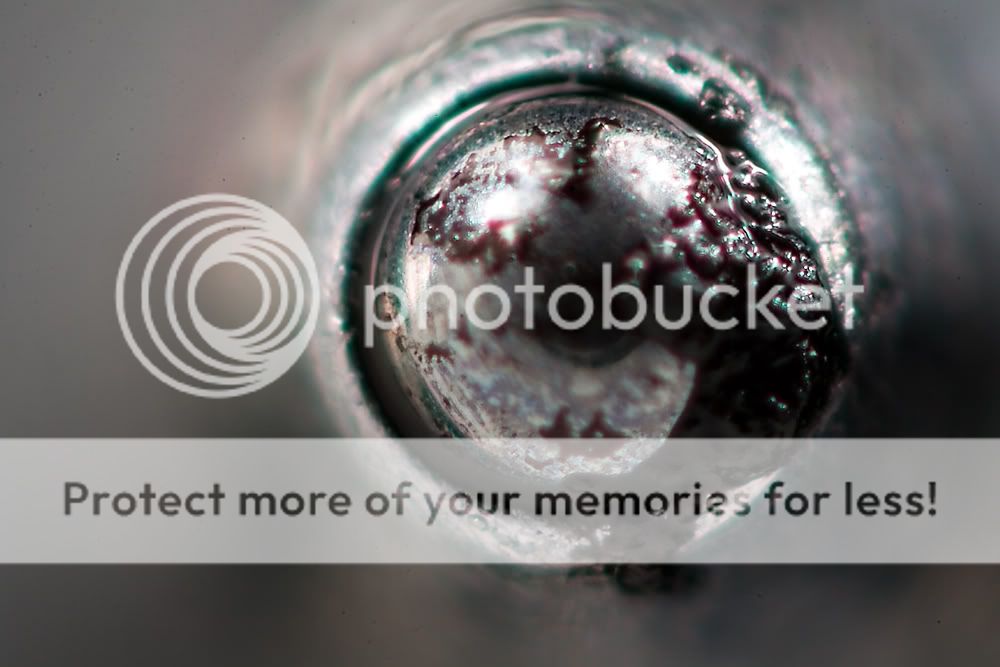
For those interested here's a series of shots at various magnifications on the same coin :
1:1 - this is the maximum magnification you get on nearly all "true macro" lenses (micro if shooting Nikon). A fullframe body will show a slightly larger area covered than in this shot; but otherwise this is what you'd get with a 1.6 crop camera body. The item is a 2p British Coin

2:1 - easily achievable with close up lens attachments/extension tubes/a 2*Teleconverter on a macro lens.

3:1 - starting to get harder to reach although perfectly doable with the right powered close up lens attachment and teleconverter combo

4:1 - you're getting into the realms where you're either reverse mounting lenses (eg a 50mm onto a 300mm); using microscope optics on a modified mount or a dedicated specialist lens

5:1 - same as above - note this is also REALLY challenging to shoot. Note with the aid of flash (or a very very fast shutter speed) you can handhold this magnification - its hard and takes practice and often you have to balance on the surface you're shooting.

And for fun this is the metal ridging on the rim of a 10p coin at somewhere around 20:1 or greater (and yes you can't handhold this shot)

MPE65mm macro lens at 5:1 + Canon 2*TC + 68mm of extension tubes + Sigma 2*TC
And another insane fun shot:



